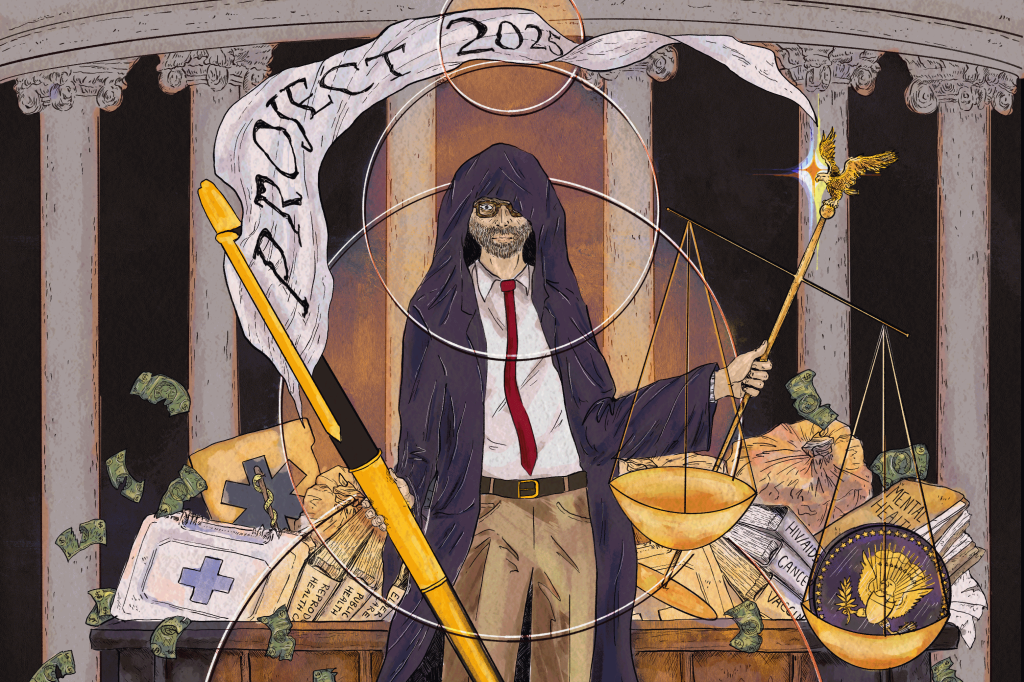We spend a lifetime pursuing joy, often defined by what we’re trying to escape. This relentless chase, whether through constructive habits or destructive ones, shapes the very core of our existence. But what if the key to a fulfilling life isn’t maximizing happiness, but understanding the vital role of its opposite?
Behavioral scientist Arthur Brooks, a professor at Harvard, reveals a surprising truth: happiness and unhappiness aren’t enemies, but partners. They’re processed in different areas of the brain, and both are essential for survival. A life devoid of negative emotion isn’t a utopia, but a death sentence.
Unhappiness, Brooks explains, isn’t a flaw to be eradicated, but a crucial signal. It alerts us to problems, prompting us to address challenges and grow. Ignoring these signals, attempting to perpetually exist in a state of bliss, is not only unrealistic but profoundly dangerous.
For those who experience negative emotions intensely – individuals with what’s known as “high negative affect” – managing these feelings is paramount. However, many turn to unhealthy coping mechanisms, seeking temporary relief in fleeting distractions.
The endless scroll of social media, the numbing glow of a screen, offers a seductive escape. But this isn’t healing; it’s avoidance. Similarly, the relentless pursuit of work, often masking deeper anxieties, becomes a self-imposed prison.
Workaholism, Brooks argues, isn’t usually driven by external demands, but by an internal need to escape uncomfortable truths. It’s a zone where focus obliterates introspection, a temporary reprieve from the things we dread confronting. Most workaholics, he points out, are their own harshest taskmasters.
The cost of this relentless drive is steep. Workaholism doesn’t coexist with healthy relationships; it actively destroys them. Spouses, parents, children – all suffer from the emotional absence of someone perpetually lost in their work.
Brooks urges those caught in this cycle to pause and ask a fundamental question: “Why am I actually doing that?” This self-reflection is the first step towards breaking free, towards addressing the underlying anxieties that fuel the compulsion.
The answer isn’t to numb the pain, but to confront it constructively. Brooks champions time-tested methods for managing anxiety: physical activity and spiritual connection. These aren’t mere distractions, but powerful tools for cultivating inner peace.
“Get in touch with your faith or spirituality and go pick up heavy things and run around,” he advises. The combination of physical exertion and a sense of something larger than oneself offers a profound and lasting antidote to the anxieties that plague modern life, and ultimately, strengthens the bonds that truly matter.





